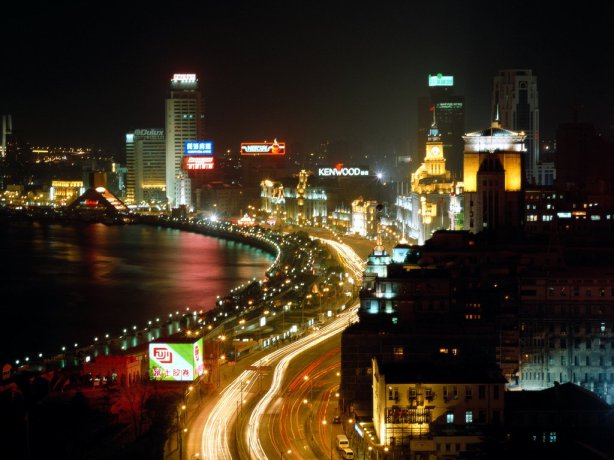Stylish Misshapes DJ and recent Chanel Ambassador Leigh Lezark recently wrote in the May issue of American Vogue (see “Dispatch Paris”, page 122) of her tour of Coco Chanel’s private quarters at 31 Rue Cambon.
“The highlight was a tour of Coco Chanel’s apartment at 31 Rue Cambon. Instead of the streamlined black-and-white interior you would expect, it was full of color and life, with a huge assortment of items she’d collected from her travels through Asia.”
(Coco Chanel’s aparment)
In either Rodolphe Marconi’s documentary Lagerfeld Confidential, the 1986 documentary Chanel Chanel or his interview for the house’s Paris-Shanghai fashion show (I can’t remember which one it was!), Karl Lagerfeld spoke of Coco Chanel’s fascination with Chinese art and culture – chinoiserie, this sino-influence came to be called – despite never having traveled to Asia.
The things in Mademoiselle Chanel’s apartment possessed all kinds of inspiration for not only her designs but also those of Lagerfeld. Chanel herself filled her upstairs apartment at the house’s legendary address with Chinese lacquered screens and various choses chinoises. The lusciously dark screens were covered with Chinese motifs, scenery, or writing. Next to her plush suede furniture and glistening chandeliers, these points of Chinese inspiration produced a grandeur suitable for a grande dame like Chanel.
Chinoiserie originated in Europe around the time of the establishment of the Machu-ruled Qing dynasty, around the mid-17th century. European artists and decorations paired Chinese art and motifs with ornate rococo designs. Today one would probably file chinoiserie until the category of “China’s Soft Power”, as a part of the Chinese government’s initiative to influence the rest of the world through cultural and other initiatives. Jing Daily pointed out in their article that some Chinese consultants are concerned that the country isn’t projecting its cultural history and legacy strongly enough, that economic interests rather than cultural are overshadowing the distribution of Chinese cultural products.
It seems like over three centuries ago – when China’s imperial court was much less eager to make contact with the “barbarians” outside the Middle Kingdom – the interest Europeans had in China peaked when the Chinese kept their culture a mystery. Today, perhaps due to the Internet and China’s catch-up campaigns, there’s isn’t much specific desire for Chinese cultural products (unless it’s the acquisition of the language itself, but mostly for business purposes).
Is China too welcoming for foreigners to understand her culture and learn her language(s)? Is mystique what’s missing in China’s project of its “soft power”? “Play to People’s Fantasies” is Law 32 of Robert Greene’s 48 Laws of Power. Are our economic and entrepreneurial fantasies of China too practical, too money-driven to be fantasies?
(Shanghai at night)




